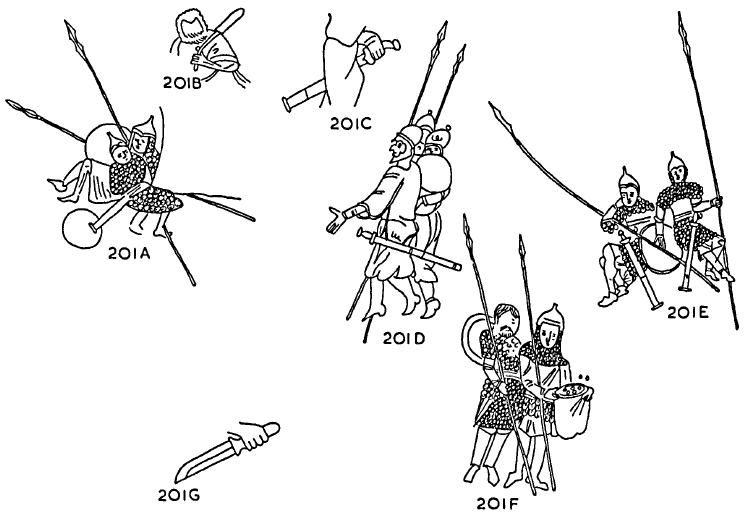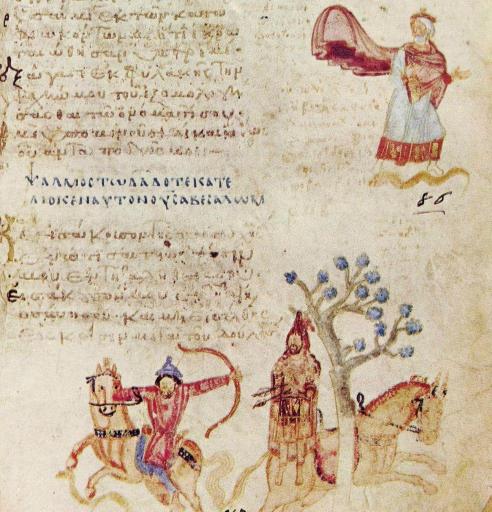
Try Amazon Fresh
Mount Athos Psalter, MS. Pantocrator 61
Byzantine, 9th century
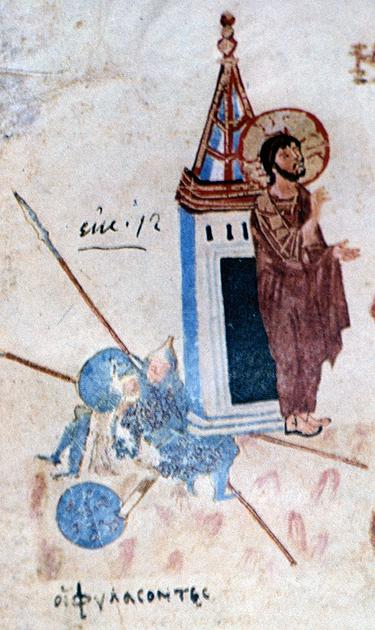 30v, Psalm 31 (LXX, 30) Resurrection. The empty tomb and the sleeping guards. Mount Athos, Treasures, III (1979), p. 268; colour fig. 186 Dufrenne: p. 23; pl. 4 |
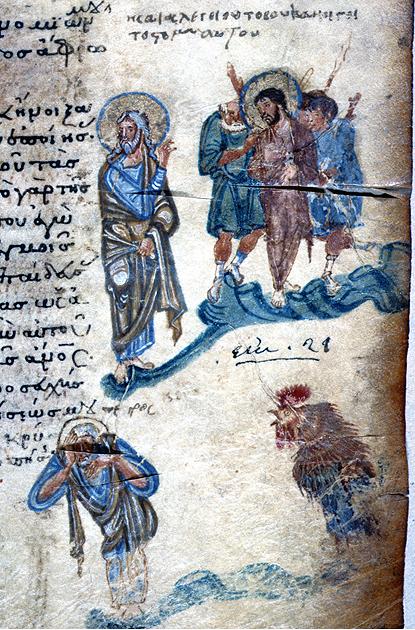 48r, Psalm 39 (LXX, 38) Peter denies Christ, the cock crows. Mount Athos, Treasures, III (1979), pp. 269-270; colour fig. 193 Dufrenne: p. 25; pl. 7 |
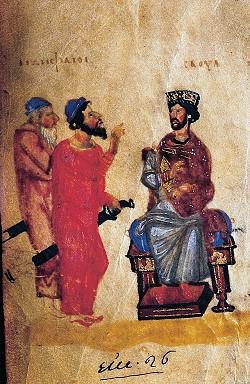 65v, Psalm 54 (LXX, 53) Two Ziphites before Saul Library of the Holy Monastery of Pantokrator |
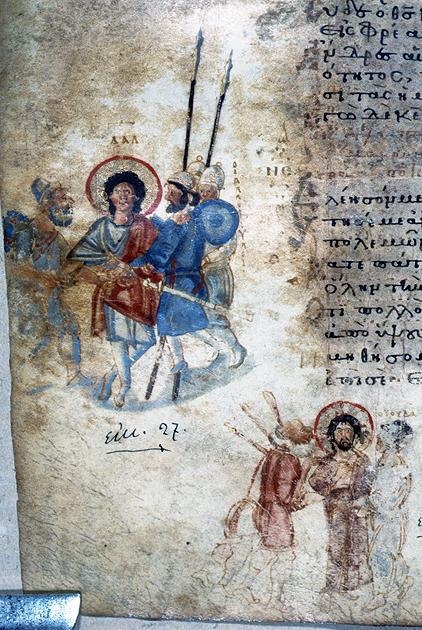 68v, Psalm 56 (LXX, 55) The Arrest of David / Betrayal. Mount Athos, Treasures, III (1979), pp. 270-271; colour fig. 198 Dufrenne: p. 26; pl. 9 |
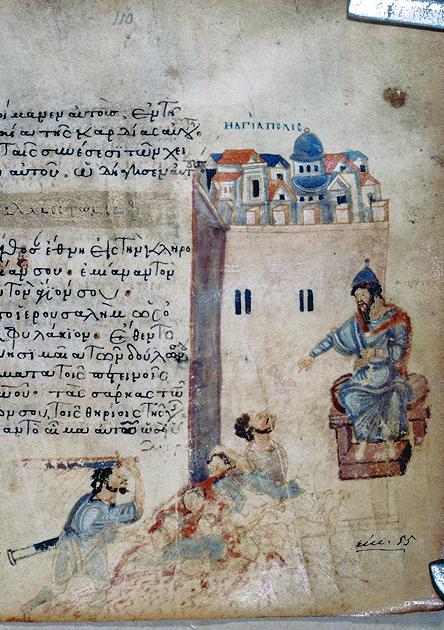 110r, Psalm 79 (LXX, 78) The heathen have invaded your land, desecrated your holy Temple. Mount Athos, Treasures, III (1979), p. 275; colour fig. 218 Dufrenne: p. 30; pl. 16 |
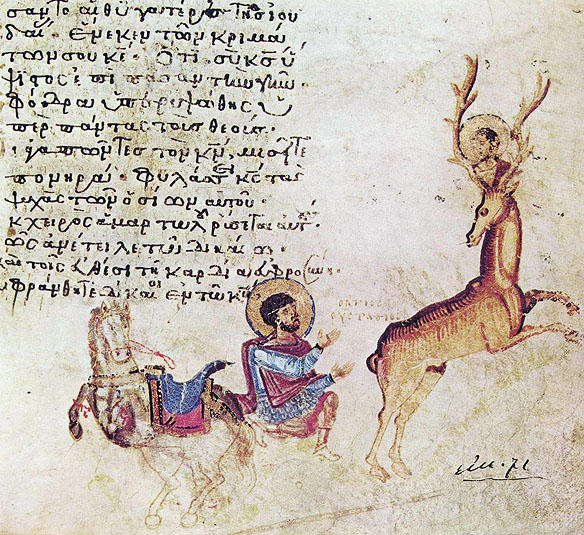 138r, Psalm 96 (LXX, 97) Saint Eustathios Plakidas sees a stag with an image of Christ in its antlers. johnsanidopoulos.com |
